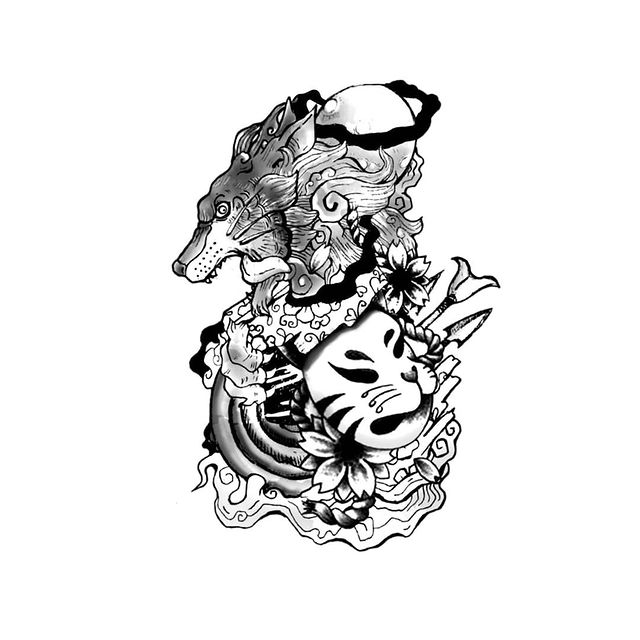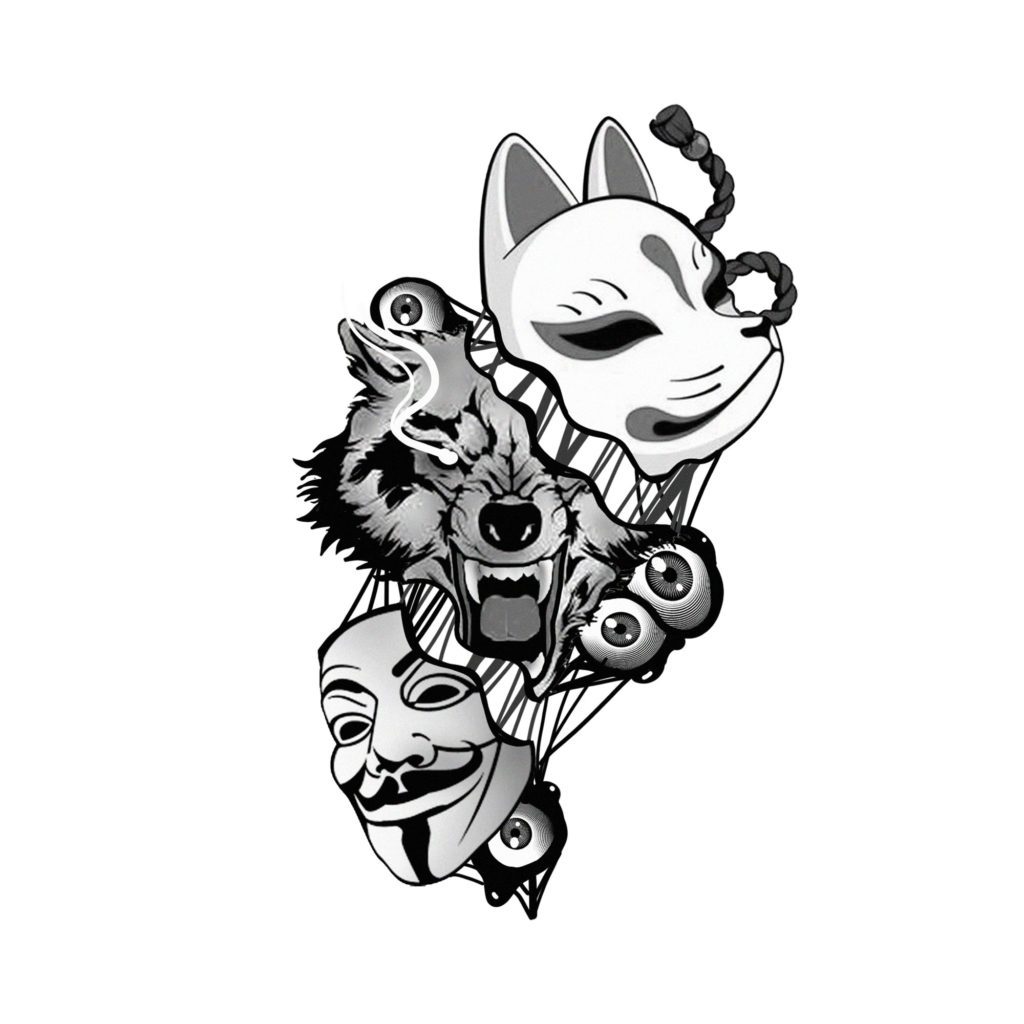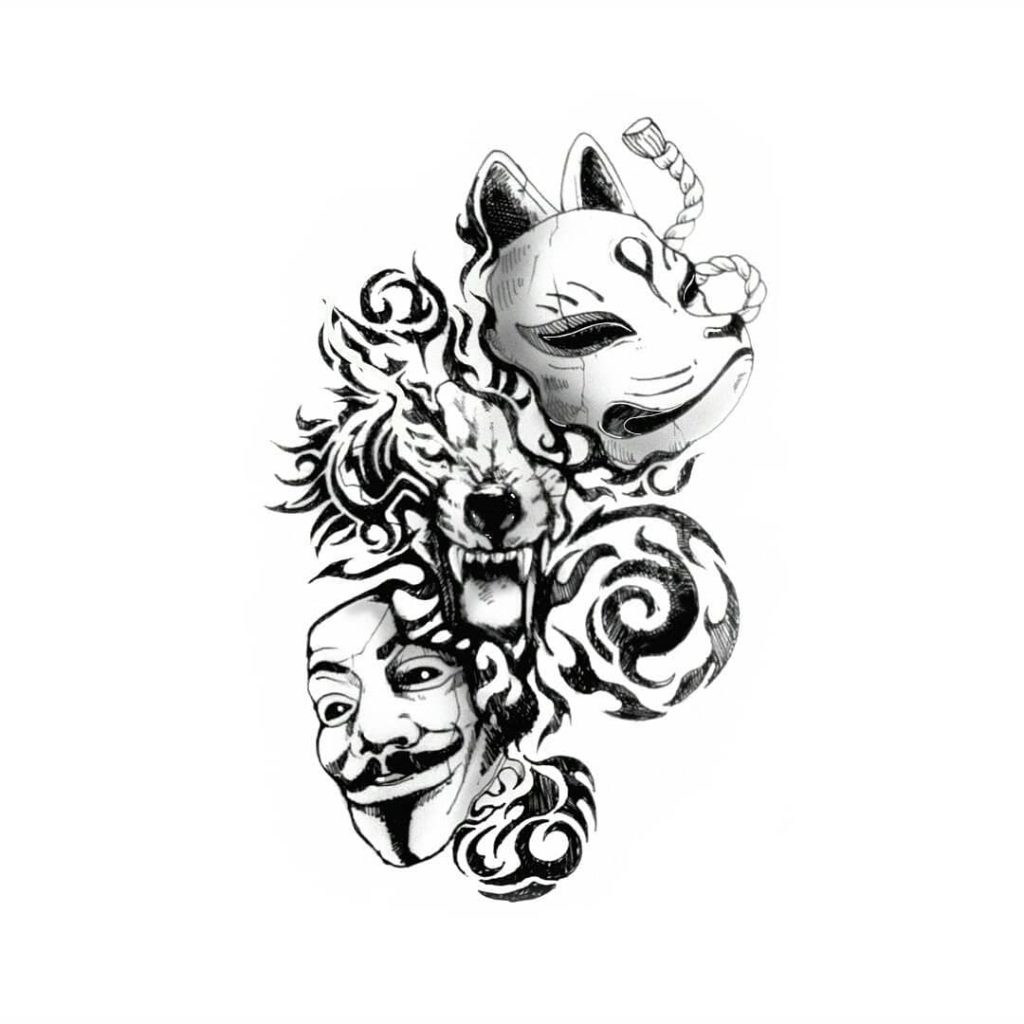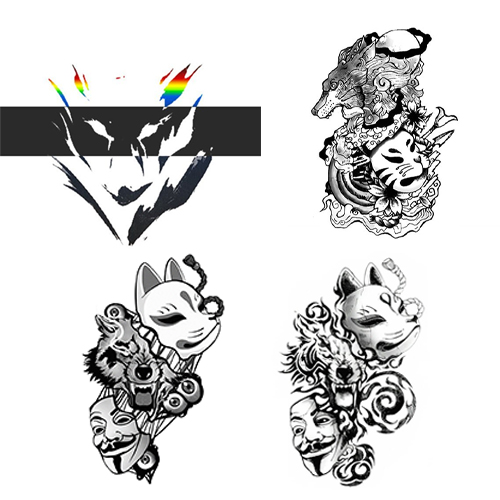a mark, figure, design, or word intentionally fixed or placed on the skin:. How to use tattoo in a sentence.
A tattoo is a form of body modification where a design is made by inserting ink, dyes, and/or pigments, either indelible or temporary, into the dermis layer of the skin. The art of making tattoos is tattooing.
Tattoos fall into three broad categories: purely decorative (with no specific meaning); symbolic (with a specific meaning pertinent to the wearer); and pictorial (a depiction of a specific person or item). In addition, tattoos can be used for identification such as ear tattoos on livestock as a form of branding.




Identification
An identification tattoo on a survivor of the Auschwitz concentration camp
People throughout history have also been forcibly tattooed for means of identification.
A well-known example is the Nazi practice of forcibly tattooing concentration camp inmates with identification numbers during the Holocaust as part of the Nazis’ identification system, beginning in fall 1941.[17] The SS introduced the practice at Auschwitz concentration camp in order to identify the bodies of registered prisoners in the concentration camps. During registration, guards would pierce the outlines of the serial-number digits onto the prisoners’ arms. Of the Nazi concentration camps, only Auschwitz put tattoos on inmates.[18] The tattoo was the prisoner’s camp number, sometimes with a special symbol added: some Jews had a triangle, and Romani had the letter “Z” (from German Zigeuner for “Gypsy”). In May 1944, Jewish men received the letters “A” or “B” to indicate a particular series of numbers.
Tattoos have also been used for identification in other ways. As early as the Zhou, Chinese authorities would employ facial tattoos as a punishment for certain crimes or to mark prisoners or slaves. During the Roman Empire, gladiators and slaves were tattooed: exported slaves were tattooed with the words “tax paid”, and it was a common practice to tattoo “fugitive” (denoted by the letters “FUG”) on the foreheads of runaway slaves.[19] Owing to the Biblical strictures against the practice,[20] Emperor Constantine I banned tattooing the face around AD 330, and the Second Council of Nicaea banned all body markings as a pagan practice in AD 787.[21]
In the period of early contact between the Māori and Europeans, the Māori people hunted and decapitated each other for their moko tattoos, which they traded for European items including axes and firearms.[22] Moko tattoos were facial designs worn to indicate lineage, social position, and status within the tribe. The tattoo art was a sacred marker of identity among the Māori and also referred to as a vehicle for storing one’s tapu, or spiritual being, in the afterlife.[23]Tattoo marking a deserter from the British Army; skin removed post-mortem
Tattoos are sometimes used by forensic pathologists to help them identify burned, putrefied, or mutilated bodies. As tattoo pigment lies encapsulated deep in the skin, tattoos are not easily destroyed even when the skin is burned.[24]
Tattoos are also placed on animals, though rarely for decorative reasons. Pets, show animals, thoroughbred horses, and livestock are sometimes tattooed with identification and other marks. Tattooing with a ‘slap mark’ on the shoulder or on the ear is the standard identification method in commercial pig farming. Branding is used for similar reasons and is often performed without anesthesia, but is different from tattooing as no ink or dye is inserted during the process, the mark instead being caused by permanent scarring of the skin.[25] Pet dogs and cats are sometimes tattooed with a serial number (usually in the ear, or on the inner thigh) via which their owners can be identified. However, the use of a microchip has become an increasingly popular choice and since 2016 is a legal requirement for all 8.5 million pet dogs in the UK.[26]
